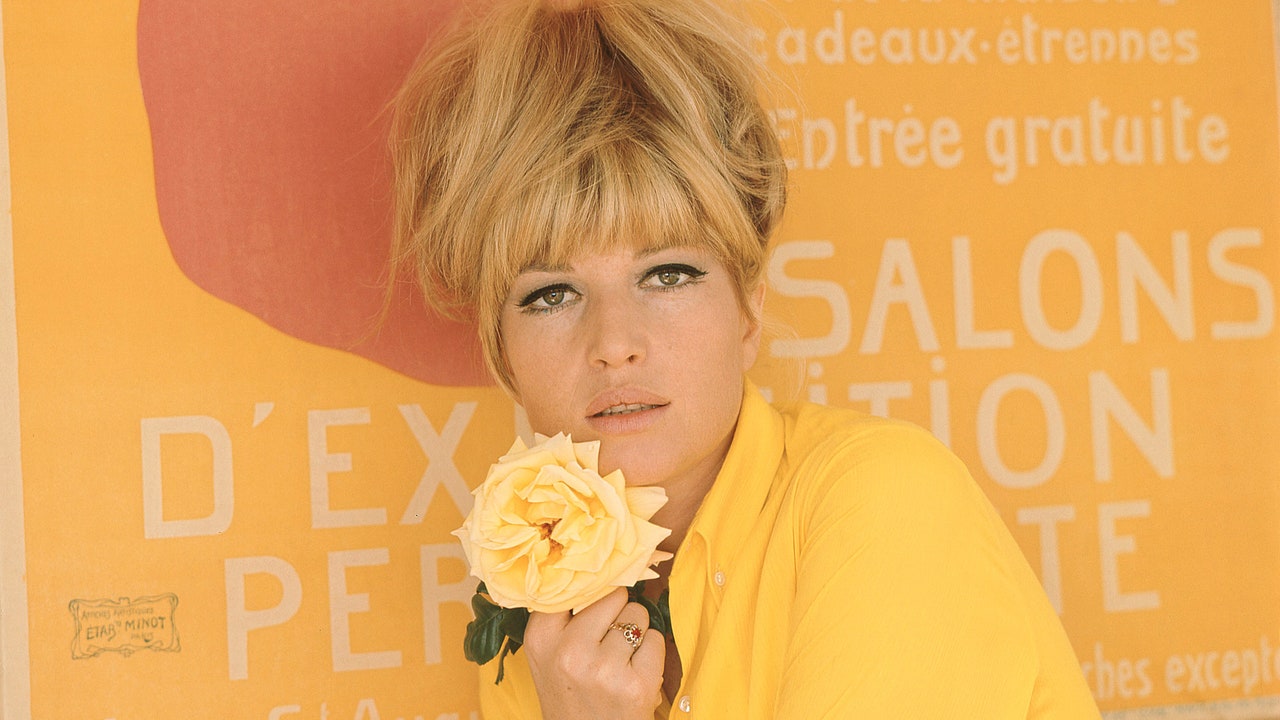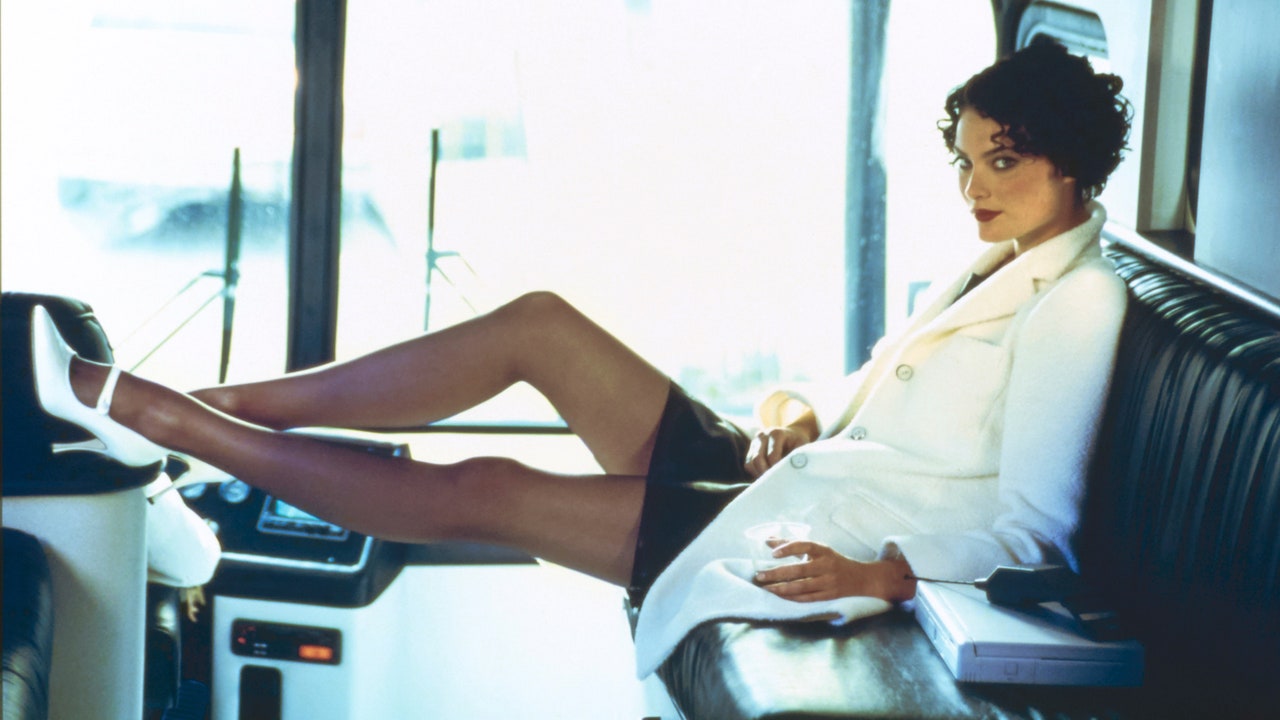It’s some of the indelible scenes in all of Italian cinema. In Michelangelo Antonioni’s L’Avventura (1960), the actor Monica Vitti walks pensively down the streets of Noto, Sicily, as increasingly males gaze in her course. Like a lot of the remainder of the movie—a few girl who goes lacking on a distant Italian island—the second has been endlessly scrutinized for its placing imagery and subtext. The White Lotus even replicated it, shot for shot, throughout season two, with Aubrey Plaza standing in for Vitti—a performer broadly regarded in her native nation because the queen of Italian cinema.
“She was the kind of artist and icon that comes as soon as in a lifetime,” her nephew Giorgio Ceciarelli tells Vogue of Vitti, who died on the age of 90 in 2022. “It’s a proud legacy we all the time took as a right, however as we grew up, we realized she’s a nationwide treasure.”
All through her multi-decade profession, Vitti staked a declare as one in every of Italy’s most luminous and beloved cinematic exports, alongside the likes of Sophia Loren, Marcello Mastroianni, Antonioni, and Federico Fellini—all of whom shot to international prominence within the Nineteen Fifties. Born in Rome in 1931, Vitti was each a placing magnificence and a real artist. She grew to become Antonioni’s muse (and, for a time, his lover), additionally working with him on such atmospheric classics as 1961’s La Notte, with Mastroianni and the French actress Jeanne Moreau, and 1964’s Il Deserto Rosso (Crimson Desert).
The vary of her expertise is at present on show in “Monica Vitti: La Modernista” (by way of June 19), a 14-film sequence at Movie at Lincoln Middle co-organized with the storied Italian movie home Cinecittà. It marks Vitti’s first-ever American retrospective.
“She transcends time,” says Manuela Cacciamani, CEO of Cinecittà. “She is actually trendy as a result of you’ll be able to’t pin her all the way down to a hard and fast, predictable—even when lovely—kind. Vitti as an alternative represents change. And this is applicable not simply to her movies however to her method of being a lady. On this sense, she embodied the modifications of a complete nation and stays related throughout genres and many years.”
Vitti’s legacy as a style icon could also be simply as sturdy as her affect on cinema. A 1966 Vogue profile described her much-mimicked, intriguingly “worldwide” mien, characterised by a “particular, wiry high quality which might be American, however a pink-and-white complexion and clear amber eyes which look as if English mists and Devonshire cream have been at work. Alternatively, that artfully disarranged hair”—a degree of reference even now—“and a sensible Italian cachet might solely come out of put up–World Struggle II Rome.”


